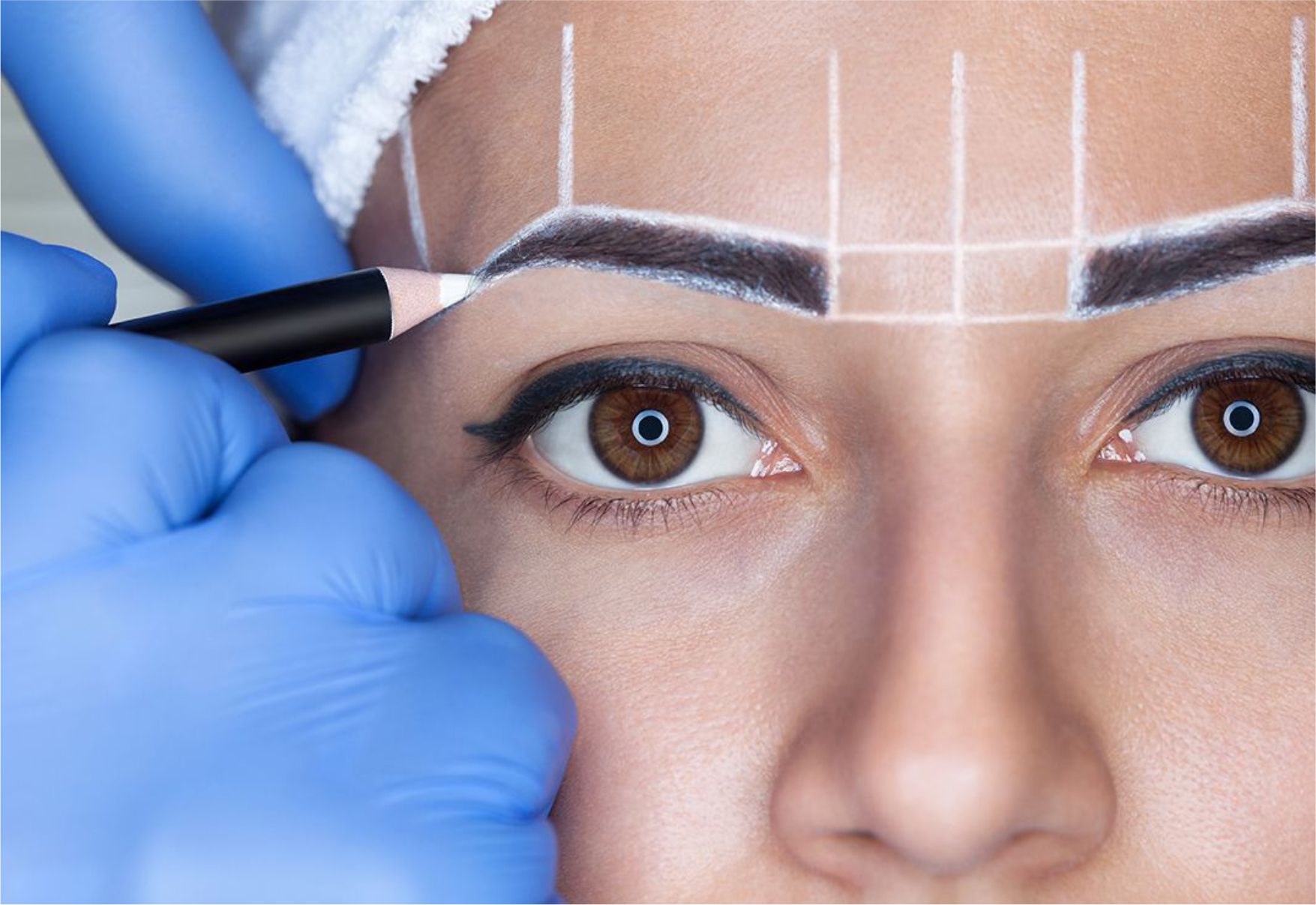
Eyebrow transplants have become increasingly popular in recent years as more people seek to enhance their appearance and achieve fuller, more defined eyebrows. This procedure involves the transplantation of hair follicles from a donor site to the eyebrows, providing a permanent solution for those who suffer from thinning eyebrows or have lost them due to injury or medical conditions.
Qualifications of the surgeon: It's essential to choose a qualified and experienced surgeon who specializes in hair restoration procedures. Patients should research potential surgeons and look for a provider with a proven track record of successful eyebrow transplants. Patients should also ask to see before and after photos of previous patients to ensure that the surgeon's work meets their expectations.
Technique used: There are two primary techniques used in eyebrow transplants: follicular unit transplantation (FUT) and follicular unit extraction (FUE). FUE is generally less invasive and has a faster healing time than FUT, but it may not be suitable for all patients. Patients should discuss the advantages and disadvantages of each technique with their surgeon to determine which one is best for them.
Candidacy for the procedure: Not everyone is a good candidate for an eyebrow transplant. Patients should undergo a thorough evaluation by a qualified surgeon to determine if they have enough donor hair follicles to achieve the desired result. Patients who have a history of keloid scarring or who are prone to hypertrophic scarring may not be good candidates for the procedure.
Post-operative care: Proper post-operative care is essential to ensure optimal results from an eyebrow transplant. Patients should follow their surgeon's instructions carefully, which may include avoiding strenuous activity, avoiding alcohol and smoking, and taking prescribed medications. Patients should also avoid touching or rubbing their newly transplanted hair for several weeks after the procedure to allow the hair follicles to fully establish themselves in the new location.
Cost: The cost of an eyebrow transplant can vary depending on several factors, such as the surgeon's experience, the technique used, and the number of grafts required. Patients should be prepared for the financial commitment before undergoing the procedure. Some insurance companies may cover the cost of the procedure if it is deemed medically necessary, such as in cases of facial scarring or injury.
Risks and potential complications: Like any surgical procedure, eyebrow transplants carry risks and potential complications. These may include bleeding, infection, scarring, nerve damage, and failure of the transplanted hair to grow. Patients should discuss the potential risks and complications with their surgeon before undergoing the procedure.
In summary, eyebrow transplants can provide a permanent solution for thinning or missing eyebrows, but patients should carefully consider the qualifications of the surgeon, their candidacy for the procedure, the technique used, post-operative care instructions, the cost of the procedure, and the potential risks and complications before deciding to undergo the procedure. A qualified and experienced surgeon can help patients make an informed decision and achieve the best possible results.
When considering an eyebrow transplant, there are several important issues that should be taken into consideration:
1-Choosing a qualified and experienced surgeon: It is important to choose a surgeon who is qualified and experienced in performing hair restoration procedures. Patients should research potential surgeons and look for a provider with a proven track record of successful eyebrow transplants. Patients should also ask to see before and after photos of previous patients to ensure that the surgeon's work meets their expectations.
2-Candidacy for the procedure: Not everyone is a good candidate for an eyebrow transplant. Patients should undergo a thorough evaluation by a qualified surgeon to determine if they have enough donor hair follicles to achieve the desired result. Patients who have a history of keloid scarring or who are prone to hypertrophic scarring may not be good candidates for the procedure.
3-Techniques used: There are two primary techniques used in eyebrow transplants: follicular unit transplantation (FUT) and follicular unit extraction (FUE). FUE is generally less invasive and has a faster healing time than FUT, but it may not be suitable for all patients. Patients should discuss the advantages and disadvantages of each technique with their surgeon to determine which one is best for them.
4-Post-operative care: Proper post-operative care is essential to ensure optimal results from an eyebrow transplant. Patients should follow their surgeon's instructions carefully, which may include avoiding strenuous activity, avoiding alcohol and smoking, and taking prescribed medications. Patients should also avoid touching or rubbing their newly transplanted hair for several weeks after the procedure to allow the hair follicles to fully establish themselves in the new location.
5-Cost: The cost of an eyebrow transplant can vary depending on several factors, such as the surgeon's experience, the technique used, and the number of grafts required. Patients should be prepared for the financial commitment before undergoing the procedure. Some insurance companies may cover the cost of the procedure if it is deemed medically necessary, such as in cases of facial scarring or injury.
6-Risks and potential complications: Like any surgical procedure, eyebrow transplants carry risks and potential complications. These may include bleeding, infection, scarring, nerve damage, and failure of the transplanted hair to grow. Patients should discuss the potential risks and complications with their surgeon before undergoing the procedure.
In summary, an eyebrow transplant can be a good option for people who want fuller, more defined eyebrows. Patients should carefully consider the qualifications of the surgeon, their candidacy for the procedure, the technique used, post-operative care instructions, the cost of the procedure, and the potential risks and complications before deciding to undergo the procedure. A qualified and experienced surgeon can help patients make an informed decision and achieve the best possible results.